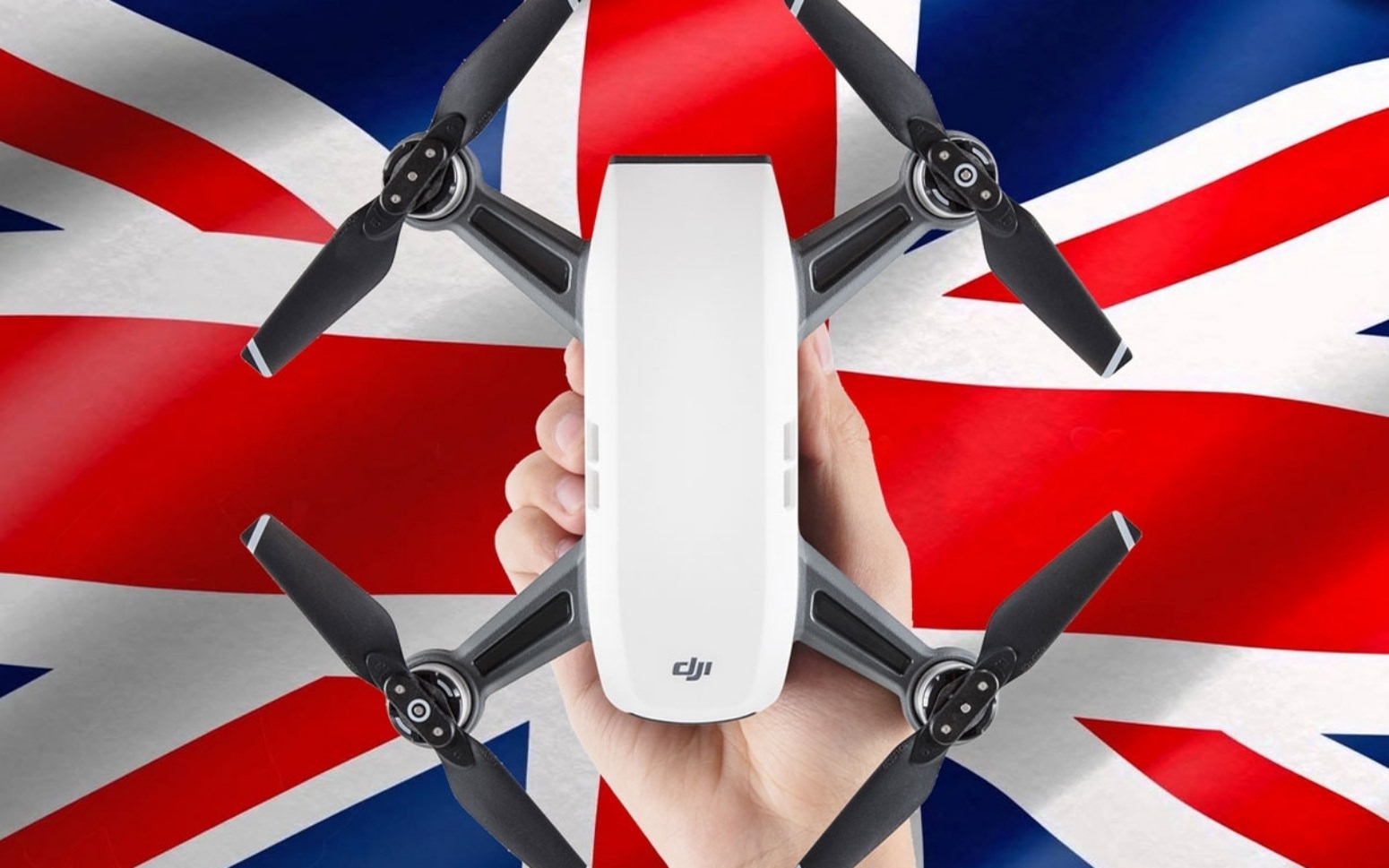
Don’t be penny-wise and pound-foolish. That, in a nutshell, is the advice of experts whose new report urges the UK government to make some necessary investment and regulatory moves in UAV activity today in order to avoid missing out on the economic bounties that drone activity of tomorrow will bring.
The study was produced by UK think tank The Entrepreneurs Network, which looked into ways of fully exploiting the economic potential of the nation’s future drone activity that some estimates value at $57.2 billion by 2030. Among the main recommendations was for the government to appoint an actual or de facto “Minister of Drones” to focus exclusively on the development and expansion of the UAV-centered economy. The second marquee proposal was to rapidly invest in technology and networking assets to make all recreational and commercial drones “electronically conspicuous” to one another.
By doing that, the organization’s “Digitise the Skies” report contends, spending just $13.6 million in coming months will allow UAVs of all kinds to become visible to each other, and ensure safer operations. And in underwriting the costs of outfitting those drones with electronic identification devices, it continues, the government can create a new communications and navigation network to process those signals, facilitate the effective tracking of all uncrewed air traffic, and drastically minimize the risk of collisions when their numbers multiply as the sector’s economic activity expands.
Study coauthors Sam Dumitriu and Anton Howes note the country’s 20,000 recreational aircraft operate in the same airspace – that is, under 10,000 feet – as UAV being flown for business and public safety missions. Unlike commercial craft, however, the far more numerous hobbyist drones aren’t currently required to carry self-identifying communications units, creating considerable potential for collisions between the two types. That risk will increase, it continues, as the blossoming UAV economy propels more craft flying enterprise and public service missions into an increasingly crowded airspace.
The study therefore calls on the UK government to shoulder the costs of recreational drone users to equip their craft with ID tech, describing the outlay as the $13.6 million price required to unleash the safe, efficient, and profitable drone economic potential worth $57.2 billion.
“The Department for Transport was already offering recreational flyers a 50 per cent rebate on electronic conspicuity devices in a scheme that expires at the end of March,” says coauthor Dumitriu. “Our proposal is merely a low-cost expansion and extension of this to solve an immediate roadblock to important innovation. This would just be toppling the first domino in the chain, but the government will struggle to find anywhere else where an investment on this scale could deliver such an enormous return at 420,000 per cent.”
The report also urges that responsibility for the development of drone economic activity to be removed as an added task to the Parliamentary Under-Secretary of State for aviation, maritime, and emergency planning’s brief. Development of drone activity, it argues, should instead be handed over to a Department of Transport official tasked exclusively with overseeing and nurturing the expansion and diversification of UAV use as part of the nation’s mobility and decarbonization efforts.
“Our recommendation to create a junior ministerial role with specific responsibility for the drone economy comes from a desire to see this exciting and important sector treated with due seriousness, with barriers to innovation able to be dealt with quickly and decisively,” says Howe, the other coauthor. “The UK has the potential to be the first nation with already-crowded airspace to make drones a key part of its infrastructure, but this vision will never be realized if responsibility for the sector remains so deeply buried in (Department of Transport). It needs to be a much bigger priority.”
FTC: We use income earning auto affiliate links. More.




Comments